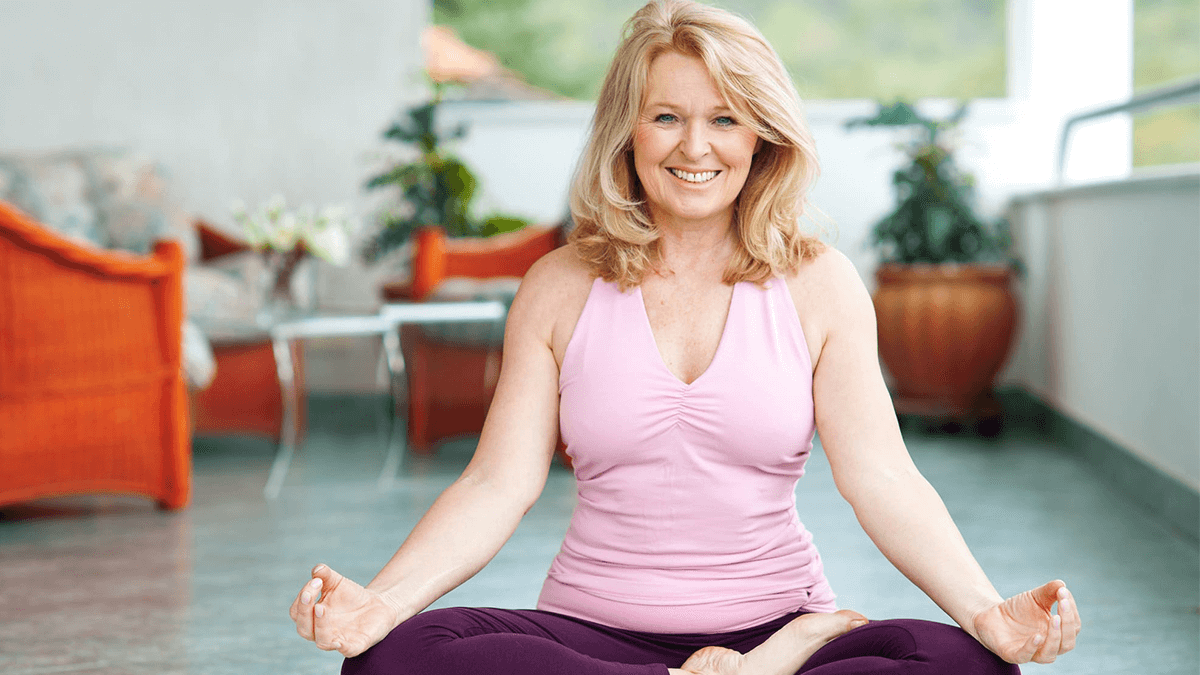In the latest hit to women striving to save for their retirement, the Australian Institute of Superannuation Trustees (AIST) has estimated that menopause costs women more than $17 billion per year in lost earnings and superannuation.
They base this on findings that women in the 45 to 54 age bracket retire on average at 52.1 years, which is much earlier than they planned (59) and earlier than men (59.5). And 44.9% say that “own sickness, injury or disability” is why they left their last job.
It doesn’t take Einstein to realise that forced early retirement hits single women harder than it hits women in a couple. Anyone retiring before Age Pension age (currently 66 and six months), and without savings or a spouse that might be able to help, could be forced to live on the disability pension or JobSeeker.
I hope not to join those statistics of women retiring early because they have to, and not because they want to, but I can’t escape the fact that I am in that age bracket and it could be a possibility.
Fortunately, because I have written about superannuation for the majority of my working life, I have known about ways to boost my retirement savings early. Salary sacrificing is a good example.
Learn more about salary sacrifice.



Leave a Reply
You must be logged in to post a comment.